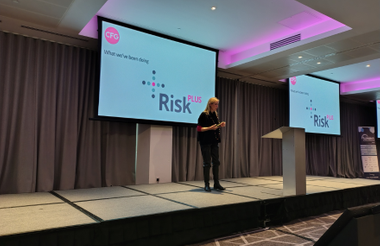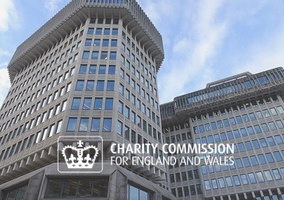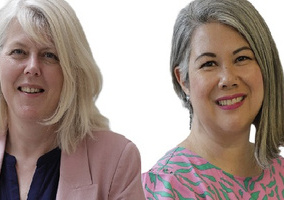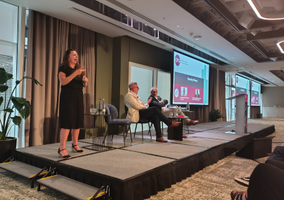The way the charity sector deals with risk management is broken and needs to change, the former chief executive of the Charity Finance Group (CFG) has said.
Speaking yesterday at Civil Society Media’s Charity Finance Summit 2025 in London, Caron Bradshaw said the established tools around risk management minimise harm but do not allow the sector to seize opportunities.
She said: “I’m being slightly provocative when I say it’s broken and we do need to fix it because I’ve spent quite a lot of time sitting on risk and finance risk committees, as well as having dealt with risk within our own organisation, and it has led me to the believe that some of the pure things that we do don’t actually help us manage risk.
“They help us document risk, they help us chart, plan, etc, but they don’t necessarily give us the space and time and headspace to actually really manage risk.
“And when I say really manage risk, I mean seize opportunities, not just prevent bad things from happening.”
‘Current approaches often lead to missing opportunities’
Bradshaw told attendees that a few years ago, she had said on stage “to lots of gasps that I absolutely hate risk registers because we spend so much time looking at what’s in the risk register and trying to nail the words in the risk register”.
“We rarely spend enough time actually talking about the risk itself and what we can do more, better, different,” she said.
“And so those established tools, I think, drive you down that minimise harm, really not maximise opportunity.”
Bradshaw said her feelings about this came from “a difficult period for CFG and for me personally, where the thing that nearly broke us wasn’t on the risk register”.
“We had a very complicated risk register that mirrored the best practice at the time. There wasn’t a lot missing from it, but it didn’t protect us,” she said.
“And so the question for me was whether or not these risk management tools, the risk register, enabled us to focus on leadership decisions, or whether it was just filling in those boxes.
“It felt very compliance-led and not necessarily where the heart of real risk management happens, which is in the choices and decisions we make every single day, trade-offs that we make, the great weighing up of what something that might work here might cause another problem there, because risks aren’t in individual boxes – they’re interrelated.”
Bradshaw said risks can have a domino effect, “and something tiny hits something else that’s tiny, and you see the dominoes clattering down as you disappear into the abyss”.
“Or it could be something catastrophic that happens overnight. You have no control over it, bang, you’re out,” she said.
“The pandemic is a good example of that, something that happened really quickly, and there was very little time between the thing happening and the impact that we received.
“So, what people have been telling us is that these risk tools leave them feeling held back because they have to follow the rules, filling in the boxes, etc, that the systems can be over complex and focus on the wrong stuff and that the current approaches often lead to missing opportunities.”
Moving to a co-leadership model
Bradshaw gave the example of CFG recently adopting a co-leadership model and her moving from CEO to a new, part-time role at the charity to support innovation and development.
She said that pre-pandemic, she had started a conversation with her board about her plans to step down and was initially asked: “What do we do to keep you?”
“I’d been there probably at that point, what, seven or eight years? It’s the wrong question,” she told attendees.
“I’ve got, at some point, to leave. So, trying to keep me, trying to stop that thing from happening, isn’t necessarily the right way of doing it.
“So, we started talking about how do we prepare the organisation for the eventuality of me going? How do we make sure that doesn’t happen suddenly or that we’re not prepared for what will happen? But then we flip it over into not just doing the bad stuff, but seizing opportunity.”
Bradshaw said appointing Sarah Lomax and Clare Mills, who were both already working at CFG, as co-CEOs minimised the risk of the charity losing a long-serving leader.
“When you bring two people in who’ve got massively complementary skills, the upside seems to start to feel very cumulative,” she said.
“So, rather than thinking about that loss of the key member of staff as something we’re trying to prevent from happening or respond to when it happens, we started building the maximising opportunity piece.”












